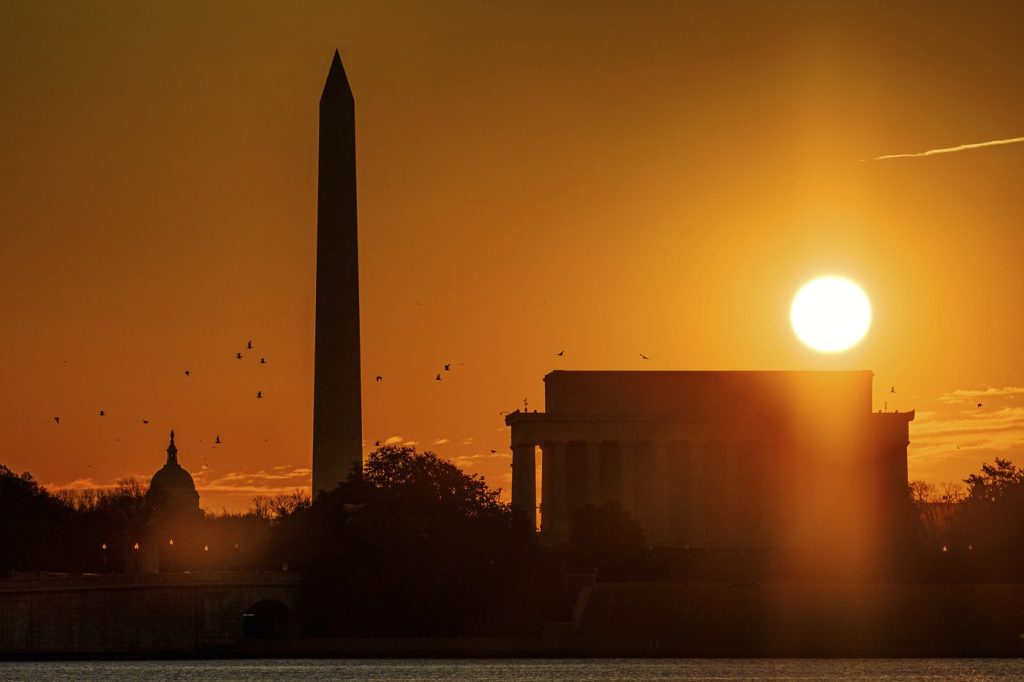On Friday, President Donald Trump expressed his support for Congress to advocate for more daylight at the end of the day, referring to the practice of daylight saving time. In a post on his Truth Social account, he described this initiative as "Very popular" and highlighted the inconvenience associated with the semiannual clock changes, branding them as "A VERY COSTLY EVENT!!!" for the government.
Trump's comments come in the wake of a Senate panel hearing that explored the possibility of adopting a single time for the entire year, foregoing the traditional clock changes. The growing discourse around standardizing daylight saving time has gained traction in several states in recent years. Currently, daylight saving time, which involves moving clocks one hour ahead from spring to fall, continues to be widely practiced across most of the United States. This practice was first instituted as a wartime measure during World War II in 1942.
Last year, Trump advocated for the elimination of daylight saving time altogether, citing its inconvenience and the associated costs to the nation. However, in a more recent post on social media, he seemed to take a more ambivalent stance, labeling the issue as a "50-50" topic. He acknowledged that while some citizens favor increased daylight later in the day, others prefer more morning light to avoid sending their children to school in the dark.
In discussing the mixed sentiments surrounding daylight saving time, Trump remarked, "When something's a 50-50 issue, it’s hard to get excited about it." This recognition of divided public opinion reflects the complexity of implementing any changes to timekeeping practices in the country.
In 2022, the Senate passed a unanimous measure aimed at making daylight saving time permanent throughout the United States. However, despite the bipartisan support, the proposal did not progress further in the legislative process. The push for reform in daylight saving time protocols indicates an ongoing debate surrounding the potential benefits and drawbacks of such changes.
As discussions continue about whether to maintain or abolish the clock-changing tradition, the implications for citizens’ daily lives and preferences remain a significant consideration in the broader dialogue surrounding daylight saving time.










